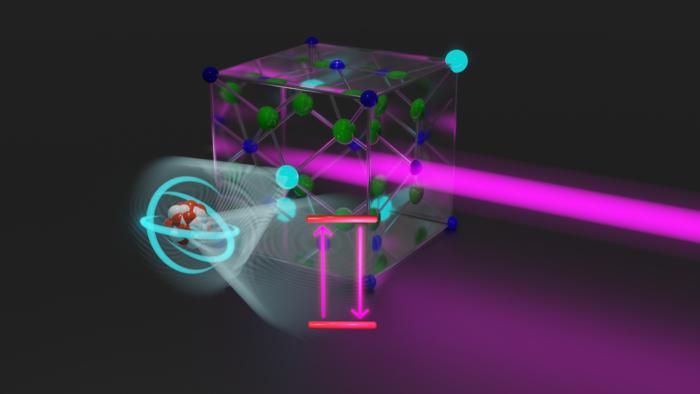In a groundbreaking achievement, a research team led by Prof. Thorsten Schumm from TU Wien (Vienna) and a team from the National Metrology Institute Braunschweig (PTB) have successfully excited the thorium-229 nucleus using a laser. This milestone opens up new possibilities for precision measurements and could lead to the development of an ultra-precise nuclear clock and new insights into fundamental physics.
The Elusive Thorium-229 Transition
For decades, scientists worldwide have been searching for a specific state of the thorium-229 nucleus that could revolutionize technology and physics. Unlike other atomic nuclei, thorium-229 was believed to have two very closely adjacent energy states, potentially allowing it to be manipulated with a laser. However, the exact energy of this transition remained unknown, making it extremely difficult to detect.
“Knowing the energy of this transition to within one electron volt is of little use, if you have to hit the right energy with a precision of one millionth of an electron volt in order to detect the transition,” explains Thorsten Schumm. “It is like looking for a needle in a haystack.”
The Thorium Crystal Trick
To overcome this challenge, the research team developed special thorium-containing crystals. “We developed crystals in which large numbers of thorium atoms are incorporated,” says Fabian Schaden, who developed the crystals in Vienna and measured them together with the PTB team. This approach allowed the team to simultaneously hit approximately 10^17 thorium nuclei with the laser, significantly increasing the probability of finding the energy transition.
On November 21, 2023, the team finally succeeded in hitting the correct energy of the thorium transition, with the thorium nuclei delivering a clear signal for the first time. This breakthrough marks the beginning of a new era in precision measurements and fundamental physics research.
The successful excitation of the thorium-229 nucleus could lead to the development of a nuclear clock that would be significantly more accurate than the best atomic clocks available today. It could also be used to measure the Earth’s gravitational field with unprecedented precision, potentially aiding in the detection of mineral resources or earthquakes. Furthermore, this measurement method could help answer fundamental questions in physics, such as whether the constants of nature are truly constant or if they change over time.
“Our measuring method is just the beginning,” says Thorsten Schumm. “We cannot yet predict what results we will achieve with it. It will certainly be very exciting.”
Keyword/phrase: thorium-229 nucleus laser excitation


